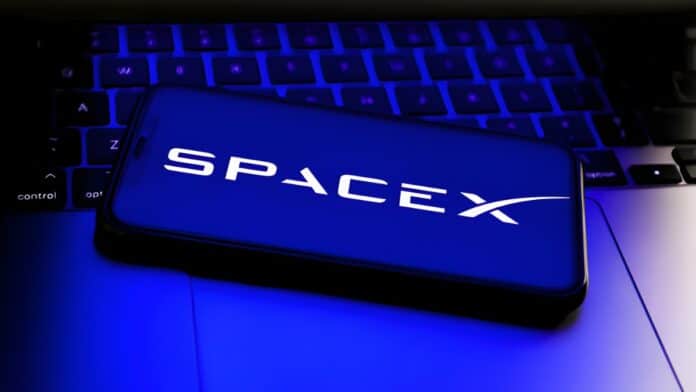In a groundbreaking move, SpaceX is gearing up to offer messaging services in 2024, with plans to expand to voice and data by 2025.
Recently, SpaceX achieved a significant milestone by sending and receiving its inaugural text messages through T-Mobile using the D2D (direct-to-device) Starlink satellites, launched just over a week ago. This ambitious project, unveiled in August 2022, seeks to bring satellite internet connectivity to regular cell phones. The goal is to keep T-Mobile customers connected, even in areas with poor terrestrial coverage.
T-Mobile has outlined its schedule, aiming to launch public text services in collaboration with SpaceX in 2024. Following this, they plan to introduce voice, data, and IoT (Internet of Things) services in 2025. SpaceX has forged global partnerships with key players such as Rogers in Canada, Optus in Australia, and KDDI in Japan.
This innovative endeavor requires specialized versions of the Starlink satellites, equipped with D2D capability. SpaceX successfully launched the initial six satellites on January 2, completing early tests without a hitch. According to a SpaceX blog post, less than six days after launch, they seamlessly sent and received the first text messages between unmodified cell phones and the newly deployed satellites in space, utilizing T-Mobile’s network spectrum.
When initially unveiled, T-Mobile CEO Mike Sievert likened the technology to placing a cellular tower in the sky. He envisions a future where dead zones become obsolete, enabling people to effortlessly stay connected even in remote locations like the middle of the ocean.
Old Post: Elon Musk’s SpaceX Set to Launch 144 Rockets in Unprecedented Endeavor
However, SpaceX emphasizes that their system, utilizing LTE/4G protocols instead of 5G, is more intricate than conventional cell towers in the sky. The satellites move at incredibly high speeds relative to Earth, necessitating seamless data handoffs between them. Challenges such as Doppler shift, timing delays, and the relatively low transmission power of smartphones must also be addressed.
While this collaboration between SpaceX and T-Mobile is groundbreaking, it’s not the first of its kind. AT&T, in partnership with communications specialist AST SpaceMobile, successfully conducted the inaugural two-way satellite audio call on its network in April. This involved dialing a number in Japan using a standard Samsung Galaxy S22 smartphone. However, AT&T expressed concerns to the FCC, stating that SpaceX and T-Mobile’s plan lacked sufficient measures to prevent harmful interference to ground-based networks.

